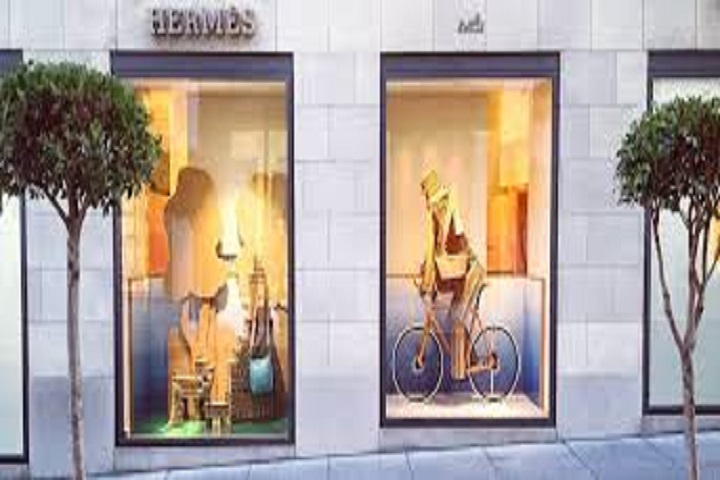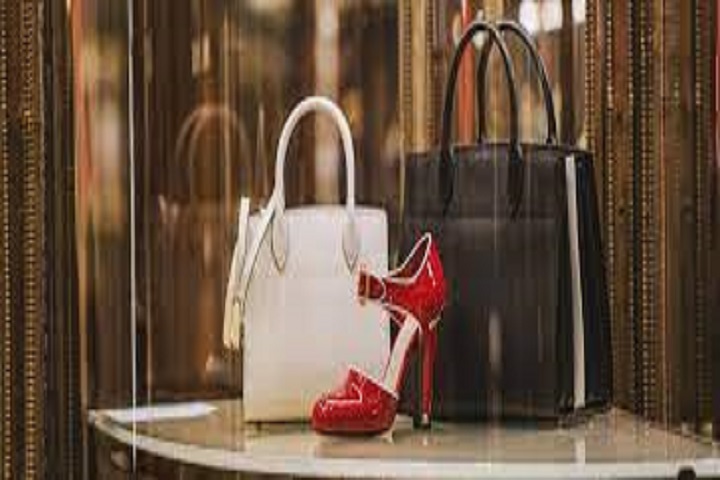What is branding, really?
‘Brands’ and ‘branding’ are among the most abused and misunderstood terms in the business vocabulary. If you ask the average consumer of luxury goods to define a brand, they’d probably relate it to a ‘brand name’ like Versace or Dior, or to a product like the famous Hermès Kelly bag. But if you prod deeper, you’ll discover that consumers have different perceptions, feelings, and attitudes towards different brands, simply because each brand is unique and customers understand the different messages that brands emit.
This shows that consumers understand the branding concept. Even more surprising is the range of responses from business professionals when asked the meaning of brands and branding. Some refer to branding as a corporate logo or identity, others believe that it is a company’s trademark, and yet others associate branding with the name of a company or its products and services, including the processes of new product launches and relaunches.
These features do not define a brand but form parts of the associative elements of branding. A brand, as mentioned earlier in this book, is an identifiable entity that makes specific and consistent promises of value and results in an overall experience for the consumer or anyone who comes in contact with the brand. This entity includes names, terms, signs, symbols, designs, shapes, colors, or a combination of these elements. Their purpose includes identifying the products or services of a seller, differentiating them from those of competitors, and providing value to consumers.
This means that a company’s brand resides in the mind of consumers and that the success and failure of a brand depends on its position in the consumer’s mind. It also means that contrary to popular belief, a product (which is something manufactured in a factory) is not a brand. However, the product becomes a part of the brand (the total experience), when it has been stamped with the brand logo and transported to the store and displayed within the unique store environment.
It is this total package that consumers buy. Products are easily outdated and can be copied by competitors and counterfeiters but a brand is unique and timeless making it impossible to be imitated. Also, a company’s corporate identity is not a brand but forms a part of the brand. The luxury goods industry uses branding as a core competence and recognizes the important position of branding among consumers.
For this reason, the sector places an emphasis on branding and marketing strategy development. These strategies are targeted at increasing the share of the brand in the consumer’s mind through appealing to human emotions and psychology, which are of course controlled by the mind! Branding sustains attraction and influences consumers. A well-developed brand is like vintage wine that increases in value with age and care and yields long-term benefits.
The rewards of branding are overwhelming but the process of building a successful brand is a long, tedious, and expensive exercise that requires dedication and scrupulous management. However, the benefits are sustainable and if carefully managed generate continuous returns. This chapter provides insights into branding as a long-term investment therefore it would be irrelevant for those seeking short-term branding benefits, which cannot be found in this book
Branding benefits
Before we go further into the interesting subject of branding, let’s take a look at the benefits that branding brings to companies and their implications for luxury brands. Brands are assets to the companies that own them. This asset comes in an intangible form and results in added financial and social benefits for businesses.
To get a clear picture of the asset worth of brands for companies, let’s take a look at the following illustration. In 2006, Interbrand placed a brand value of US$17.6 billion on Louis Vuitton, making it the most valuable brand in the luxury goods industry and the seventeenth most valuable brand in any product category in the world.
This figure is exclusively attributable to the brand and excludes chapter 5 103the art of creating and managing luxury fashion brands’ company’s assets, earnings, and revenues. This means that if Louis Vuitton ever decides to sell its brand (which is highly unlikely, by the way), its brand name and associations alone could fetch the company more than its book price (its balance sheet worth).
The case is similar to other ‘highly valued’ luxury fashion brands like Gucci, Armani, and Rolex. In some cases, companies with strong brands are sold at up to 600 percent of their balance sheet worth.
 TRUTHREVIEWERS
TRUTHREVIEWERS




